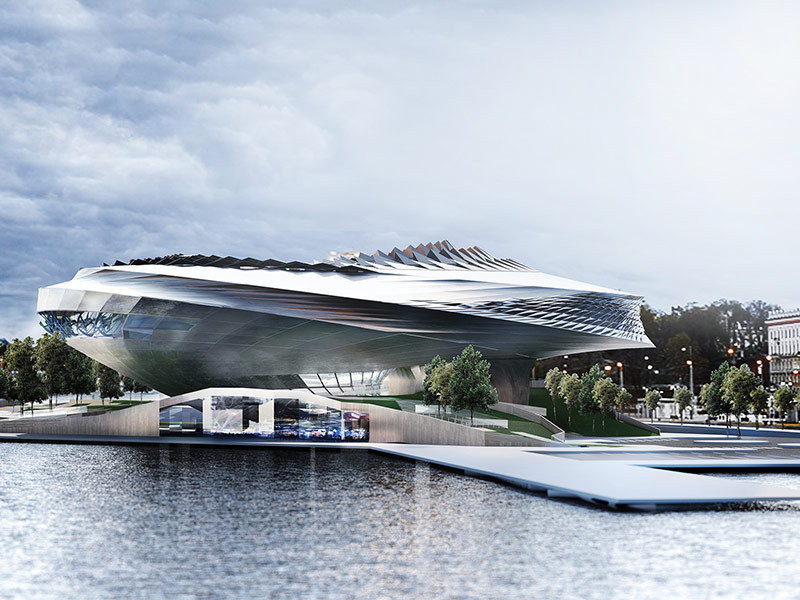
The following analysis of the Helsinki Guggenheim competition entries was contributed by Federico Reyneri, partner at LPzR associates architects, and his research team.
Architects have always pushed the limit, often experimenting with forms and technologies unavailable in their time. In the last 20 years, we experienced a small revolution in thinking about spaces and embracing complexity, as computers started to show their real power. Since Gehry’s Guggenheim came to life in the mid nineties, nothing has been the same: free forms emerge everywhere from the dreamland to reality (often becoming someone else’s nightmare). Before this computer technology, except for the realm of the mind and clay modeling, real control over complexity through technical drawings was too hard a game for us ordinary mortals but eventually, in the last 10 years or so more powerful and cheaper computers and even cheaper software, capable of astonishing parametric-generated design elements, came out. Since then, new generations of designers have started to set free mind-blowing ideas, showing the world amazing computer generated pictures. Some architects even started to build them.
But how widespread is parametric design technology? How does it influence architecture worldwide? We started to analyse the Guggenheim Helsinki Design Competition, the largest architectural design competition in world history.


